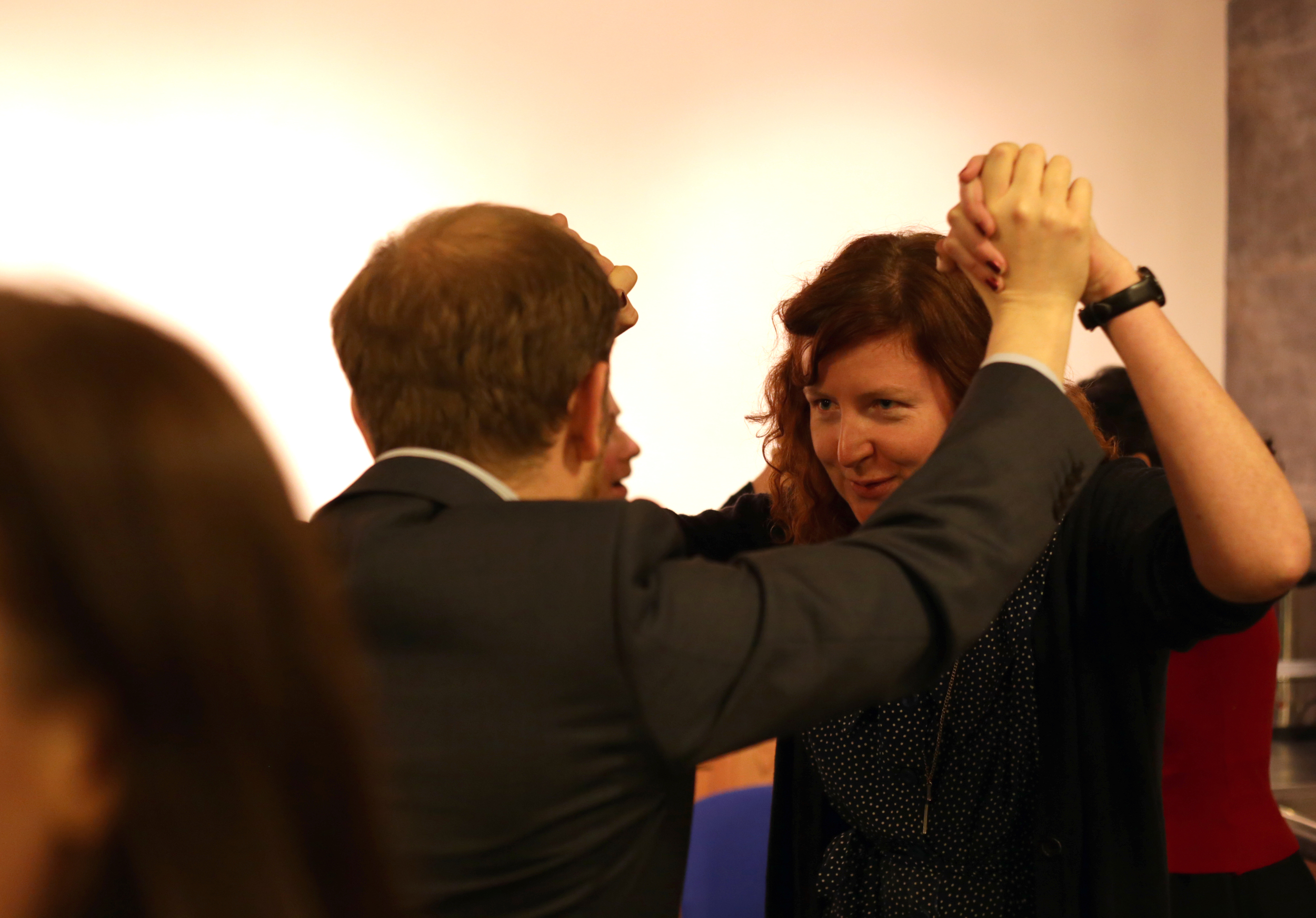The holidays are fast upon us. Books, sea and shaggy dogs lie almost within reach. But reader, I’ve stalled. And feel like I’m wading through porridge sans spurtle.
The diagnosis? Inadvertent completism. But hey, at least I'm in good company. Because however brilliant they are the rest of the time, most leaders succumb now and then.
But what is this inadvertent completism?
A kind of rubbish reverse alchemy, in which the more effort you make, the less value you create. 😫 And tragically, it can be contagious.
Here’s how it looked for a marvellous leader I coach. He’d just taken on a new team and was implementing a new vision and strategy. It was a massive undertaking, hugely exciting and he was rocking it.
BUT
Despite talent, experience and sheer drive, one solitary piece of work clung limpet-like to his slate. The more attention he gave it, the longer it lingered. The more he looked, the less he saw. The more clarity he attempted, the more convoluted it became.
The problem? In his laudable desire to offer something fulsome and complete, he’d inadvertently created a bloated, unwieldy palaver. And whereas ordinarily he’d use his fine judgement to:
Decide what matters, what doesn’t and which trade-offs to make
Choose when to pursue and when to pivot
Deliver excellence, not everything
Struck down with inadvertent completism, he’d:
Overshot enough in favour of comprehensive
Rethought, refined and revised as if stuck in an interminable game of Tetris¹
Generated extra work for everyone, as work begot work begot work – but infuriatingly, not value
Inadvertent completism, he lamented, is the unwanted gift that refuses to stop giving. You (and your team) continue to work harder, go deeper, do better – with inverse returns. Clarity of purpose crumbles under indistinct swathes of intention. Optimal value melts into valuing everything.² Confoundingly, more ends up as less.³ 😭
But why does this happen?
Inadvertent completism tends to descend at crunch points. During overload, for example, like my pre-holiday overwhelm. Or extreme flux, like when you try valiantly to craft clarity in an uncertain abyss.⁴ Or, perversely, when you do everything you can to hit the ground running, like my frustrated coachee.
And it’s not silliness: the leaders I work with are smart, strategic and familiar with brilliance.⁵ But almost everything has a flipside. So occasionally, in avoiding under-delivery, they lean into a metaphorical cross every t dot every i overcorrection. And in going above and beyond, end up deeper in the mire and further from the finish.
It’s no fun on the receiving end, either. Like when an otherwise wonderful exec I worked for requested just a bit more, and a line here, and perhaps a detail there on a treatment we were developing. The result was undeniably more complete. But it wasn’t better. And wasn’t commissioned anyway. 🙄
Yes, hindsight can over-simplify: there’s every chance it still would’ve bit the dust. But it might’ve been a smarter use of our time (and less infuriating) to deliver enough to fulfil the brief – and then crack on with something else.
But is there a cure?
Yes, of sorts. Get curious. Find out what works for you, and how you could adapt it for a better fit. You might, for example, give One Step Forward a whirl, or experiment with one of these.
🧐 Frame the negative
Rather than picking out what matters (usually everything), strip it back by framing the negative:
How isn’t that bit essential?
Where isn’t this thought relevant?
Why shouldn’t you address that, or that, or this?
What can’t you know?
What don’t you need to know?
Yes, there’s always nuance. And yes, it’s all probably important somewhere at some point. Just not all of it now.
🧐 Set creative constraints
An artist friend of mine often extols the beauty of boundaries when mentoring stuck colleagues. Because it might sound like (or be sold as) freedom, but delivering without parameters can be a nightmare.⁶ You often waste untold energy just wondering where to look. Her fave constraints?
Specify the scope
Specify the first, real audience (not future, potential audience)
Specify an imminent deadline for review with a specified person
Your parameters might change but, much like framing the negative, creative constraints can re-energise the process and give completism a firm kick.
🧐 Ask Impertinent Questions
Inadvertent completism won’t look the same in everyone. So get curious about when, how and where it manifests for you, and impacts on your team. The clearer the diagnosis, the faster the remedy.
When do you tend towards completism?
What are your completist triggers?
How might more doing produce less value?
Which of your expectations are unsustainable?
Where is there more solution than problem?
Plus a bonus: deploy Second Brain.⁷ It’s much easier to puncture inadvertent completism with a co-conspirator. Saying stuff out loud helps you spot where you’ve supersized the brief. Or where the brief is batshit. Plus: it’s much nicer to shed one’s excesses with companionable giggles than self-flagellation.
And to avoid inadvertent completism, that’s it! I’m off on holiday.⁸ 👋
Keen to get curious and fancy a spot of help?
Get intensely curious about who you are, who you’re not, and what actually matters with Impertinent Questions. My nosiness meets your context each weekday for a month.
Get curious with The Curious Leader newsletter direct to your inbox. Longform, practical, personal opining on curiosity in leadership. Like today’s on FOBFO-busting, or this one on owning your success.
FOOTNOTES
1 Which turns out to be actually possible, albeit in theory.
2 See also the “Everything Slide”. Awash with detail, utterly impenetrable, intriguingly common.
3 Incidentally, inadvertent completism isn’t quite the same as other personal tripwires. And since different ailments require different treatments, it’s worth checking you’re not actually suffering from high performance procrastination, perfectionism or luxuriation (stretching into the expanse for the sheer love of it).
4 On which: years ago I worked with a leader who’d inherited a restructure with another on the horizon and a potential merger. Completism was barely avoidable. One Step Forward helped her craft some clarity – but crikey, what an onslaught.
5 Which has its own issues.
6 Although marvellous for radical imagination, conjuring with impossibilities and escaping idiosyncratic shackles. Just less so when you have to produce something now.
7 Second Brain = conversational approach that helps you move forward. With a specifically selected Second Brain. A bit like coaching, a bit like mentoring, a bit like consulting. But also not quite. I meant to share a download but: inadvertent incompletism.
8 “Celebrate, holiday, celebrate.” Etc. 🥳






